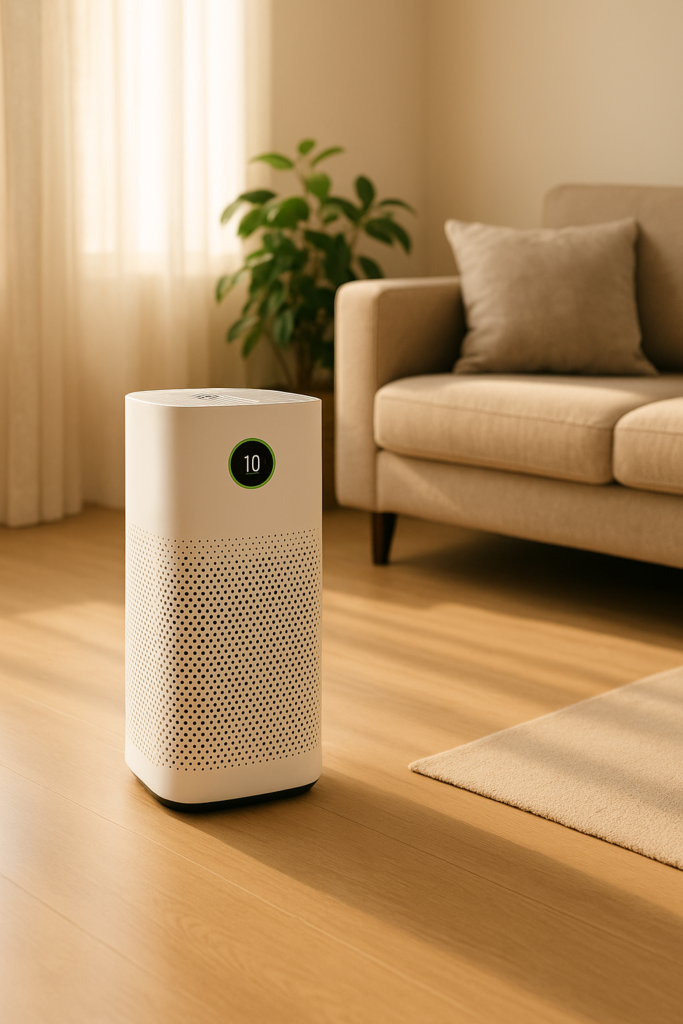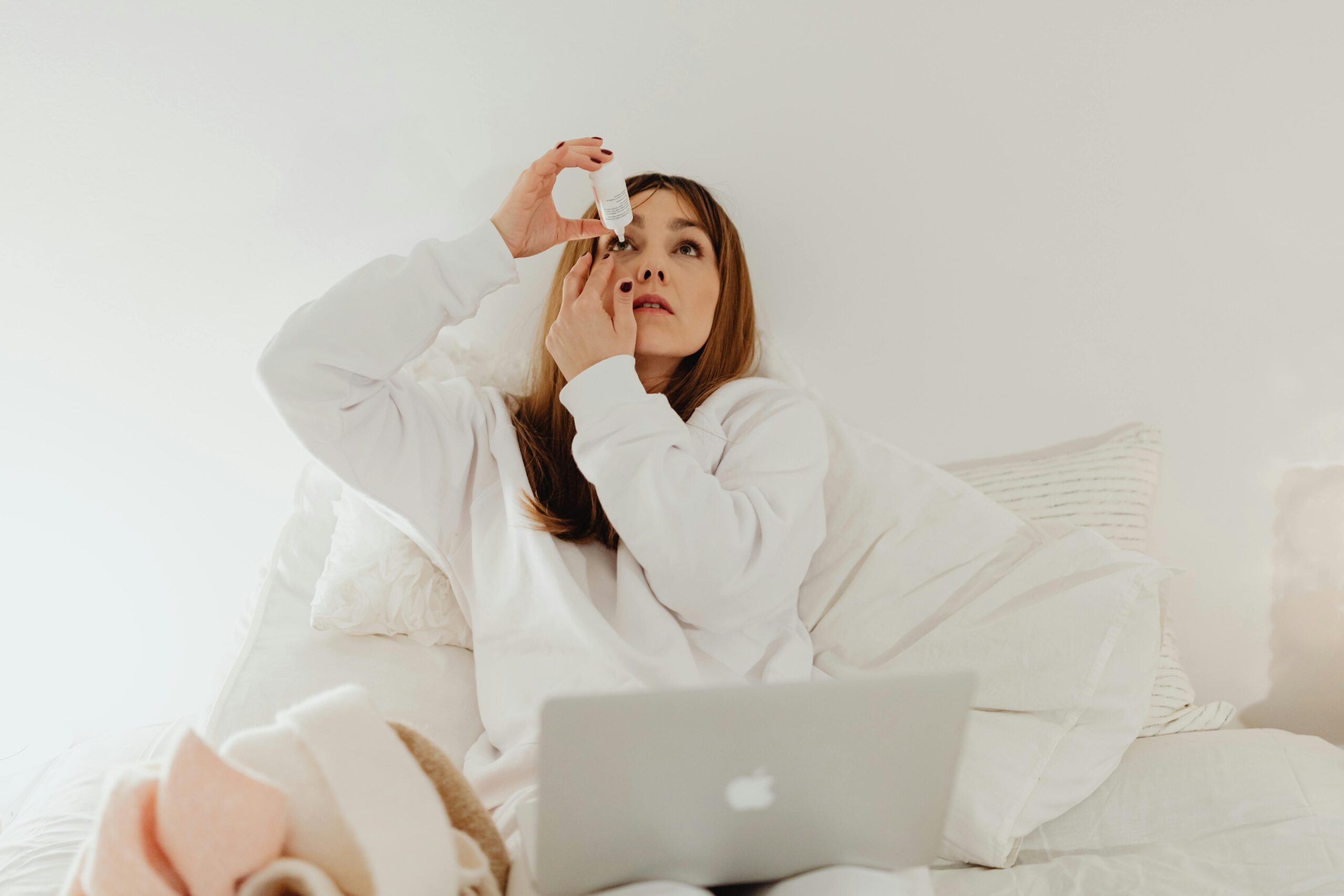For millions worldwide, the beauty of spring and summer is overshadowed by the relentless, burning misery of red, itchy, and watery eyes—a condition known as allergic conjunctivitis or ocular allergies. This is more than just an inconvenience; chronic eye inflammation severely impacts productivity, sleep quality, and overall well-being.
While over-the-counter antihistamine drops offer quick fixes, they often fail to address the underlying root causes. This comprehensive guide moves beyond temporary solutions. We will dive deep into advanced Ocular Allergy Treatment strategies, exploring everything from prescription-strength pharmacological solutions to cutting-edge biohacking techniques, including the controversial Alkaline Eye Flush method. If you are ready to reclaim your vision health from seasonal or perennial allergies, this is your definitive roadmap to long-term relief.
The Science of Itch: What is Allergic Conjunctivitis?
The Immune Response in the Eye
Allergic conjunctivitis is an inflammatory response triggered when an allergen (pollen, dust mites, pet dander) contacts the eye’s conjunctiva (the clear membrane covering the white of the eye). This triggers the release of histamine from mast cells, causing the familiar triad of symptoms: itching (pruritus), redness (hyperemia), and watery discharge (tearing).
Types of Ocular Allergies
- Seasonal Allergic Conjunctivitis (SAC): The most common form, peaking in spring and summer due to pollen (tree, grass, weed).
- Perennial Allergic Conjunctivitis (PAC): Year-round allergies, typically caused by indoor allergens like dust mites, mold, and pet dander.

Pharmacological Treatments: The Modern Standard
Effective Ocular Allergy Treatment relies on using drops that either block the action of histamine or prevent its release entirely.
Did You Know?
The eye’s allergic reaction is often confused with viral Pink Eye (Conjunctivitis). The crucial difference is the main symptom: if your eye condition is primarily characterized by intense, persistent **itching**, it is almost certainly an allergy. Viral Pink Eye usually features less itching but more thick, sticky discharge.
1. Dual-Action Drops (Antihistamine + Mast Cell Stabilizer)
- Mechanism: These are the most effective over-the-counter and prescription drops. They provide immediate relief by blocking histamine receptors and long-term relief by preventing mast cells from releasing more histamine.
- Example: Drops containing Ketotifen or Olopatadine.
2. Mast Cell Stabilizers
- Mechanism: Used preventatively. These drops must be started 1–2 weeks before the allergy season begins. They fortify the mast cells, making them less likely to “degranulate” (release histamine).
- Best For: Individuals with predictable seasonal allergies (SAC).
3. Steroid Drops
- Mechanism: Powerful anti-inflammatory drops reserved for severe, persistent cases that do not respond to dual-action drops.
- Caution: Should only be used short-term under strict medical supervision due to the risk of side effects like cataracts and elevated intraocular pressure (glaucoma).
Biohacking and Natural Relief Strategies
These non-pharmacological methods focus on environmental control and modulating the body’s systemic response to allergens.
1. The Power of Cold Therapy
Cold is a vasoconstrictor and physically constricts the blood vessels in the conjunctiva, reducing redness and swelling. It is the fastest way to stop an acute itch attack.
- Actionable Advice: Apply a clean, cold washcloth or specialized eye mask (kept in the freezer) directly to closed eyelids for 5–10 minutes.
2. Environmental Control: The Micro-Climate Shield
- Air Filtration: Use a high-quality HEPA air purifier in your bedroom and main living spaces to reduce airborne pollen and dust mites.
- Post-Outdoor Routine: Change clothes immediately and shower/wash hair after spending significant time outdoors to remove accumulated allergens before they transfer to your pillow.
3. The Alkaline Eye Flush (The Saline Biohack)
- Mechanism: This technique involves gently rinsing the eyes with a sterile saline solution, sometimes slightly alkalized, to physically wash away irritants and reduce the acidic, irritating environment caused by inflammation.
- Actionable Advice: Use preservative-free artificial tears or sterile buffered saline solution to rinse the eyes several times daily, especially after coming indoors. Warning: Always use sterile, commercially prepared solutions. Do not mix your own unbuffered solutions.
4. Hydration and Omega-3 Synergy
Systemic hydration and high-quality Omega-3 supplements (rich in EPA/DHA) reduce overall systemic inflammation. Omega-3s improve the oil quality of the tear film, which acts as a barrier, trapping fewer environmental allergens directly on the eye surface.

Long-Term Management and Allergy Testing
For chronic, severe allergies, long-term management requires pinpointing the exact allergen and considering immunotherapy.
Allergy Testing and Immunotherapy (H3)
If standard medication is ineffective, consult an allergist. Skin prick tests or blood tests can identify the specific allergen.
- Immunotherapy (Allergy Shots/Drops): This long-term treatment gradually desensitizes the body to the allergen, reducing the severity of the immune response over time. It is the only known treatment that can potentially cure the underlying allergy.
When to Suspect Something More Serious (H3)
While most eye allergies are harmless, certain symptoms warrant immediate medical attention:
- Pain: True eye pain (not just soreness or itching).
- Vision Loss: Any sudden decrease in vision.
- Light Sensitivity (Photophobia): Extreme discomfort in normal light.
- Thick Discharge: Yellow or green discharge (suggests bacterial infection, not allergy).
Frequently Asked Questions (FAQ)
Q1: Can I wear contact lenses during an allergy flare-up?
It is strongly recommended that you stop wearing contact lenses during any significant allergy flare-up. Lenses can trap allergens and increase friction, worsening irritation and potentially leading to corneal abrasions. Switch to glasses until symptoms completely subside. If you must wear lenses, choose daily disposables, as they eliminate protein and allergen buildup.
Q2: What is the difference between Allergic Conjunctivitis and Pink Eye?
“Pink Eye” is a general term, but it is typically used to refer to Infectious Conjunctivitis (viral or bacterial), which is highly contagious and often involves thick discharge and a gritty feeling. Allergic Conjunctivitis is not contagious, is typically bilateral (both eyes), and the primary symptom is intense, persistent itching.
Q3: Do prescription allergy drops cause rebound redness?
Unlike decongestant drops (which use vasoconstrictors to “get the red out” and cause severe rebound redness upon discontinuation), dual-action and mast cell stabilizer prescription drops do not cause rebound redness. They treat the underlying inflammation safely, making them suitable for long-term use.
Q4: Should I use a dehumidifier or a humidifier for eye allergies?
If your allergies are primarily caused by dust mites (common in PAC), you should use a dehumidifier to keep household humidity below 50%, which reduces mite reproduction. If your eyes are also dry due to central heating (common in SAC or PAC), you may use a cool mist humidifier but must clean it daily to prevent mold growth.
Conclusion
Effective Ocular Allergy Treatment requires a multi-pronged, year-round strategy. By moving beyond symptomatic relief to address inflammation and environmental control, you can significantly reduce the impact of seasonal and perennial allergies.
Take control by implementing a strict anti-allergy routine, using clinically proven drops, and exploring biohacking methods like cold therapy and the Alkaline Eye Flush with sterile solutions. Consulting an allergist for testing is the ultimate long-term move to achieve desensitization and truly comfortable, clear vision all year long.



